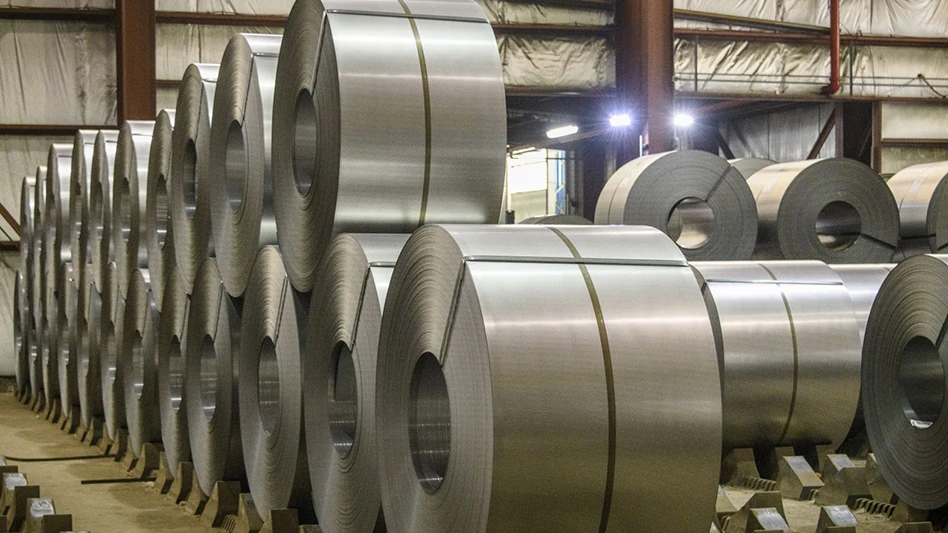Before your company can institute a maintenance program for personal protective equipment (PPE), you must first know the commonly accepted maintenance required.
Eye Protection:
- Regularly clean safety glasses and goggles with mild soap and water.
- When lens are dirtied on the job, rinse with water before wiping to prevent scratching.
- Store eye protection in a clean dust-proof case or in a safe place, such as the top shelf of a locker, where it won’t get scratched or otherwise damaged.
- Replace safety glasses if frames are bent and goggles if headbands are loose, twisted, knotted or worn.
- Replace any kind of eye protection if lenses are scratched or pitted and impair vision.
- Replace eye protection with headbands that have lost their elasticity, are sweat-soaked, broken or twisted.
- Repair or throw away protection that does not properly hold face guards in place.
Hearing Protection:
- Wipe earmuffs with a damp cloth after use, store in a safe place and replace cushions when they lose their resilience.
- Wash re-usable earplugs every day, store in a clean case and replace if plugs are hard or discolored.
- Wipe canal caps (headband plugs) with a damp cloth after each use, store them in a safe place so the headband won’t get bent or twisted and replace if the band is damaged and no longer fits comfortably.
Head Protection:
- Clean hard hats regularly with warm water and soap and allow to air dry.
- Store head protection away from extreme temperatures, out of the sun and in a safe place where it cannot get damaged.
- Check the headband daily to ensure it is not stretched or worn. It should fit comfortably on the head.
- Replace all hard hats that show cracks, dents or other signs of damage.
Respirators:
- Clean and disinfect respirators daily according to manufacturer’s instructions.
- Check seals for cracks, holes, deterioration and any other problems that could interfere with the effectiveness of the protection.
- Store in a location where the devices are protected from light, heat, cold, moisture, dust and chemicals.
- Store the respirator so that rubber and plastic parts hold their shape.
Gloves:
- Keep gloves clean and dry.
- Always have two sets of gloves per employee in case one pair gets wet and needs to dry.
- Inspect gloves for rips, fraying, cracks or other damage before using.
- Discard damaged gloves immediately.
Footwear:
- Clean soiled or wet shoes immediately.
- Air out work shoes at the end of the workday.
- Check shoes regularly for signs of damage and wear.
- Replace all worn and damaged shoes.
- Ensure socks are free of holes and dry throughout a shift. If an employee has sweaty feet, ask him or her to bring an extra pair of socks and change at lunch.
Latest from Recycling Today
- Magnomer joins Canada Plastics Pact
- Electra names new CFO
- WM of Pennsylvania awarded RNG vehicle funding
- Nucor receives West Virginia funding assist
- Ferrous market ends 2024 in familiar rut
- Aqua Metals secures $1.5M loan, reports operational strides
- AF&PA urges veto of NY bill
- Aluminum Association includes recycling among 2025 policy priorities





